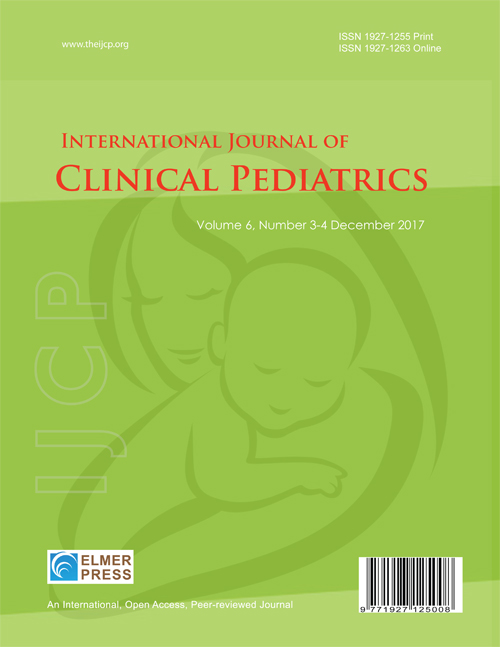Effect of Pediatric Hospitalist-Run Post-Discharge Care Clinic on Hospital Efficiency
DOI:
https://doi.org/10.14740/ijcp1026Keywords:
Transitions of care, Pediatric hospital medicine, NGT, Quality improvementAbstract
Background: A large number of pediatric patients requiring feeding tubes have historically remained in the hospital until they could tolerate oral feeds and medication, despite not needing continuous monitoring. The creation of post-discharge care clinics (PDCCs) to follow newborns discharged from neonatal intensive care units with nasoenteric feeding tubes promoted progress towards full oral feeds and cost savings without increasing adverse events. However, research focused on older pediatric populations is sparse. This study evaluates a pediatric hospitalist-run PDCC and its impact on inpatient length of stay (LOS), readmissions, emergency department (ED) visits, and cost reduction outcomes for patients discharged with nasoenteric feeding tubes.
Methods: A retrospective cohort of pediatric patients discharged with nasoenteric feeding tubes and followed up with the PDCC from July 2019 to July 2021 was conducted. Inclusion criteria for both groups involved patients ≤ 24 months old discharged from the hospitalist service, LOS > 24 h, and documented nasoenteric feeding orders. These patients were compared to controls who stayed hospitalized until they achieved full oral feeds. Fifty-seven PDCC and 62 control patients were analyzed using SAS version 9.4, for LOS, readmission rate, and ED visits.
Results: PDCC patients had significant median cost savings of $24,813.80 (P = 0.002) per patient. Median LOS was 6 days with 71.9% having no ED visits and 77.2% with no readmissions within 30 days post-discharge compared to a population without PDCC access.
Conclusions: This study demonstrates that the PDCC decreases inpatient LOS while limiting adverse outcomes to generate cost savings for patients. While showing promise in promoting improved quality and efficiency of care for discharged patients, future research should assess PDCC function in other pediatric populations.

Published
Issue
Section
License
Copyright (c) 2025 The authors

This work is licensed under a Creative Commons Attribution-NonCommercial 4.0 International License.






